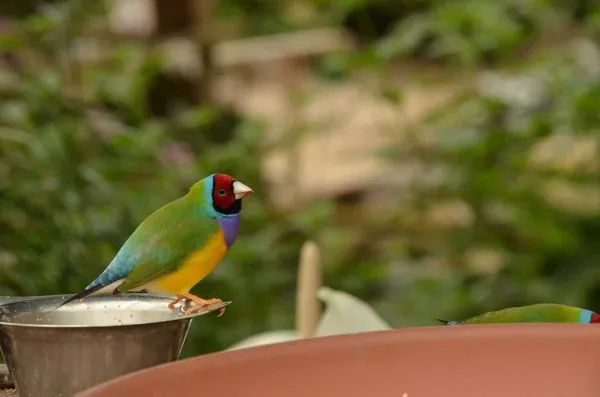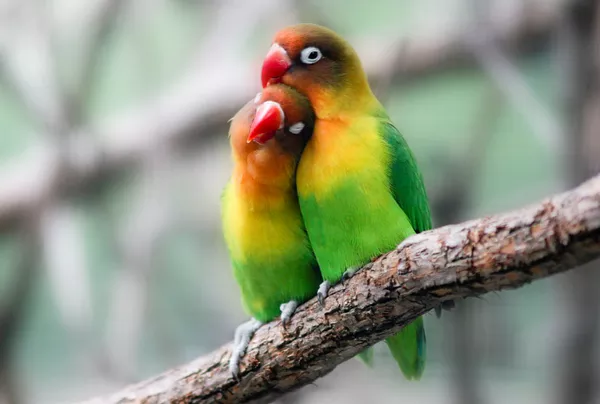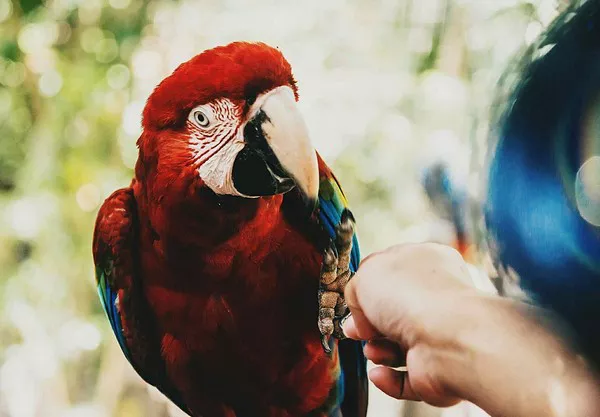Corn snakes (Pantherophis guttatus) are among the most popular pet snakes, especially for beginners. Their gentle nature, relatively simple care requirements, and impressive adaptability make them an excellent choice for novice reptile keepers. Whether you are considering adopting a corn snake or simply curious about what makes them an ideal first snake, this article will explore all aspects of the corn snake’s care, characteristics, and why they are such a great fit for beginners.
1. What Are Corn Snakes
Corn snakes are non-venomous snakes that are native to the southeastern United States. They are commonly found in the wild in regions such as forests, grasslands, and farmlands. The name “corn snake” likely comes from their tendency to hunt rodents in grain fields, though they are also known as “red rat snakes” in some regions.
These snakes are characterized by their slim, elongated bodies and attractive, colorful patterns. Corn snakes come in various morphs (color and pattern variations), and they can have hues ranging from bright orange and yellow to more subtle brown and gray tones. This variety makes them visually striking and a favorite among reptile enthusiasts.
2. Why Corn Snakes Are Great for Beginners
When considering a pet snake, there are several factors to take into account: temperament, size, care requirements, and feeding habits. Corn snakes tick all the boxes, especially for those new to reptile keeping.
Friendly Temperament
Corn snakes are known for their docile nature. They are non-aggressive, calm, and tolerate handling well, making them perfect for first-time snake owners. While every snake has its own temperament, corn snakes are generally less likely to strike or bite compared to other species. In fact, most corn snakes prefer to retreat rather than attack, and if they do strike, it’s often out of fear rather than aggression.
For beginners, being able to handle your pet snake with ease is crucial. Corn snakes tend to be curious and social, which helps them adjust to being held. Over time, your corn snake may even recognize you and come to associate you with food and care, further enhancing the bond between you and your pet.
Manageable Size
Corn snakes are considered a medium-sized species. They typically grow to a length of 3 to 5 feet, though some may reach up to 6 feet. This size is ideal for beginners, as it is neither too large nor too small to manage. Snakes that grow to over 6 feet can sometimes be more challenging to care for, especially when it comes to housing, feeding, and handling.
The moderate size of the corn snake makes it easier to set up a comfortable enclosure without taking up too much space in your home. Additionally, their slender body means they require less space than bulkier snakes, making them perfect for people with limited room.
Low Maintenance Care
One of the reasons corn snakes are favored by beginners is their relatively simple care requirements. While all snakes require specific attention to their habitat, temperature, humidity, and feeding, corn snakes are not as demanding as some other species. They are hardy reptiles and can tolerate a range of temperatures and conditions as long as their basic needs are met.
Here are some key care requirements for corn snakes:
- Enclosure: A 20-gallon tank is ideal for a juvenile corn snake, and a 40-gallon tank is suitable for an adult. The tank should have a secure lid to prevent escapes and must be equipped with proper ventilation.
- Substrate: Corn snakes can thrive on a variety of substrates, such as aspen shavings, cypress mulch, or paper towels. Avoid using sand or gravel, as these can cause digestive issues if ingested.
- Temperature and Humidity: Corn snakes require a warm environment with a gradient of temperatures. The warm side of the enclosure should be between 85-88°F (29-31°C), while the cooler side should be around 75-80°F (24-27°C). They also need a humidity level between 40-60%, which can be achieved through regular misting or a humidity control system.
- Lighting: Corn snakes are nocturnal and do not need UVB lighting, but they do require a day-night light cycle to regulate their biological rhythms. A regular room light or a low-wattage bulb can be sufficient.
Feeding Simplicity
Corn snakes are carnivores and eat small animals such as rodents, birds, and lizards. As pets, they are typically fed pre-killed mice or rats, which makes feeding them much easier and more convenient for owners.
Unlike some snakes that may be finicky eaters or require a specialized diet, corn snakes generally have a strong feeding response and will readily accept their food. They feed about once a week, depending on their size and age. Juvenile corn snakes may eat smaller prey, such as pinky mice, while adults can handle larger rats.
Since corn snakes do not require live prey (which can sometimes be dangerous for both the snake and the prey), the feeding process is safer and more predictable for beginners. In addition, once your corn snake is accustomed to a feeding schedule, you won’t have to worry about frequent hunting behavior or inconsistent feeding habits.
Longevity
Corn snakes are relatively long-lived pets, with an average lifespan of 15-20 years in captivity. This long lifespan means that you’ll have a companion for many years, providing ample time to bond and enjoy your pet’s company. However, the long lifespan also requires you to consider your commitment to the snake’s care over time. Thankfully, the corn snake’s low maintenance and easy care requirements make it a manageable long-term pet.
Low Risk of Disease
Corn snakes are generally robust and have a low risk of disease when kept in the right conditions. While all reptiles can carry parasites or develop illness if their environment is not maintained properly, corn snakes are less likely to encounter health issues compared to other snake species. As long as they have the right temperature, humidity, and a clean living space, corn snakes tend to be healthy.
However, like all pets, it’s important to monitor your corn snake regularly for signs of illness. If your snake becomes lethargic, stops eating, or displays unusual behavior, it’s essential to consult a reptile veterinarian to rule out potential health issues.
Availability and Variety
Corn snakes are widely available from reputable breeders and pet stores, making them easy to find as pets. Their popularity means that you can also find a wide range of morphs (color and pattern variations), which can be appealing to first-time snake owners. Whether you prefer the classic orange and black striped look or a more exotic color such as lavender or snow, there’s likely a corn snake morph to suit your taste.
Since corn snakes are bred in captivity, they are generally more docile and accustomed to human interaction than wild-caught snakes. This is another reason why they make a great choice for beginners.
Excellent Temperament for Interaction
Corn snakes are often described as curious and social animals. Unlike some snakes that prefer to stay hidden, corn snakes are active during the night and enjoy exploring their environment. This makes them fun to watch and interact with.
For beginners, being able to interact with your snake is important. Corn snakes are comfortable being handled gently and can even learn to associate you with food. With regular, calm handling, corn snakes can become more accustomed to human touch and enjoy being handled without stress. This makes them great pets for owners who want to enjoy spending time with their snake.
Conclusion
In conclusion, corn snakes are one of the best choices for beginner reptile enthusiasts. Their manageable size, friendly temperament, easy care requirements, and relatively low-maintenance feeding make them an excellent choice for first-time snake owners. Corn snakes are not only fascinating to watch and interact with but are also hardy, long-lived pets that can provide years of companionship.
If you’re considering adopting a pet snake and are a beginner, the corn snake should certainly be on your radar. With a bit of care, patience, and understanding, you can enjoy the wonders of snake ownership with a corn snake as your companion.
Related Topics:























